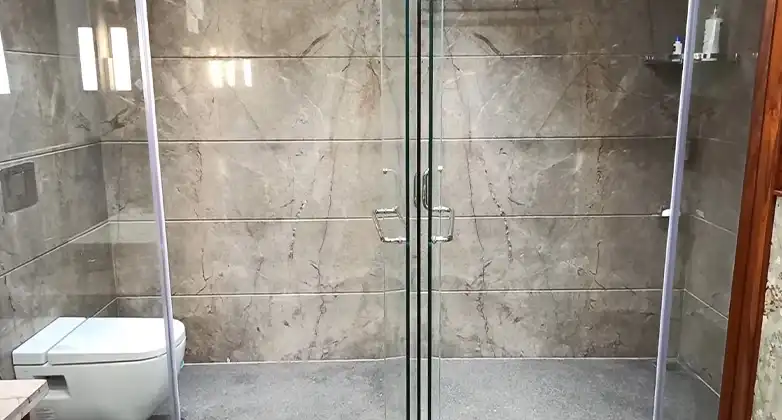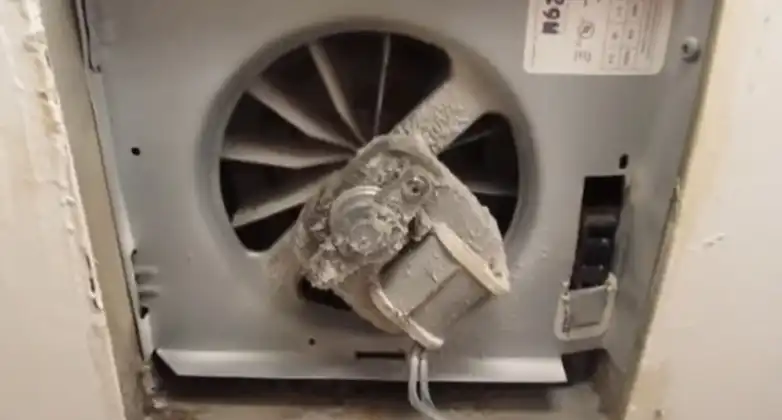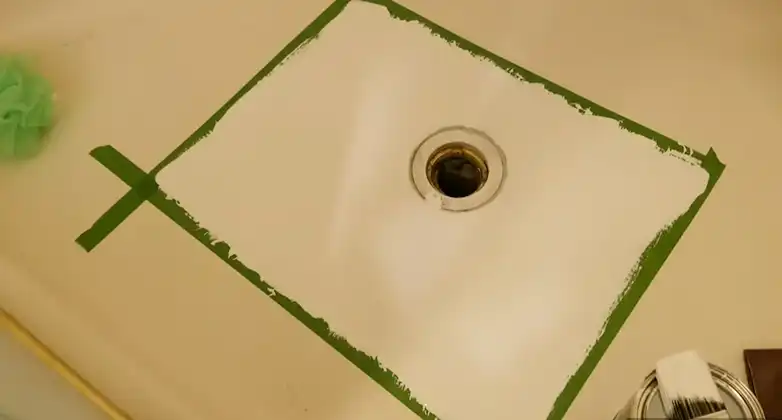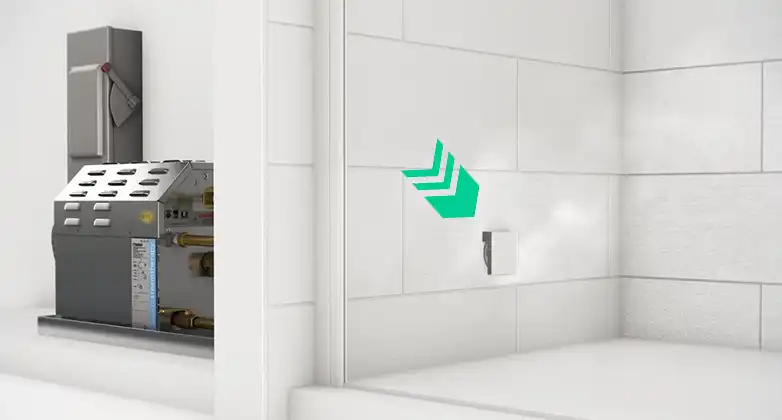Discovering that your toilet won’t flush when it rains can be a frustrating and inconvenient problem to deal with. You rely on your toilet for everyday functionality, and when it fails to operate properly, it can disrupt your daily routine.
In this article, we will explore the causes behind this issue and provide practical solutions to help you resolve it. Additionally, we’ll discuss other signs of a backflowing or overflowing septic tank or sewer, as well as preventive measures to minimize plumbing system issues during rainy periods.
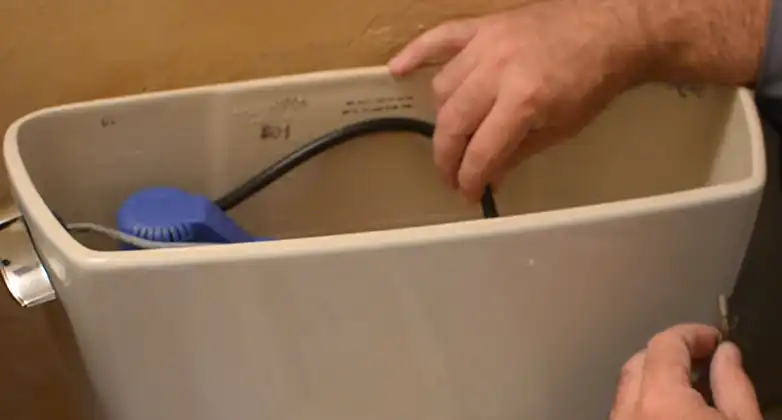
What Causes a Toilet Won’t Flush When It Rains?
After heavy rains, water that enters your septic tank can cause an overflow. This excess water back-flows into your home’s drain lines, leaving behind sticks, leaves, debris, and other pollutants. As a result, the drains can become clogged, leading to a toilet that won’t flush.
- Faulty Water Shutoff Valve: In some instances, your water shutoff valve may not be fully open. Whether it’s due to accidental bumping or physical damage preventing it from turning correctly, a partially closed valve can restrict the water flow to the toilet and prevent proper flushing.
- Cracked Sewer Line: One severe possible cause of a toilet that won’t flush after heavy rain is a cracked sewer line. Heavy rainfall can cause soil movement, which can shift and damage pipes, leading to extensive leaks. When the sewer line is cracked or damaged, waste cannot reach the city’s sewer main, resulting in the sewage backing up into the toilet’s drain pipe.
- Clogged Toilet Pipe: Sometimes the reason why your toilet won’t flush after heavy rain is simple. Sewage clogs or clogs from items you shouldn’t flush down the toilet are common causes of inoperable toilets. Toilet paper or other heavy paper products, such as paper towels or feminine hygiene products, are common culprits. Additionally, children may flush toys or other items down the toilet, causing a blockage.
How to Repair a Toilet That Won’t Flush:
If you’re faced with a toilet that refuses to flush, don’t panic. In this section, we’ll provide you with step-by-step instructions on how to troubleshoot and repair common issues that can cause a non-flushing toilet.
Unclog the Toilet
If your toilet’s water supply valve isn’t faulty, you can try to unclog the toilet pipe using a plunger. Ensure that the water level is low enough to use the plunger safely without overflowing the toilet. If you notice any visible clogs, you can pour bleach into the toilet’s overflow tube and flush it. Additionally, you can scrape away remaining mineral deposits and bacteria with a sharp object or a toilet brush.
Check the Water Supply
Examine the water supply valve connected to the toilet. If it’s in an in-between position or switched off, turn it on to ensure adequate water flow. To determine whether the issue is isolated to the toilet or affects the entire home’s water supply, check the tap in your bathroom sink. If you suspect a break or leak in the water line, contact your water company for assistance.
Check the Toilet Tank
Remove the toilet tank lid and inspect its contents. If you notice a warped or damaged flapper, it may be preventing the toilet from flushing properly. Similarly, a loose or disconnected lift chain can also cause flushing issues. Both the flapper and lift chain are affordable components that are readily available at nearby hardware stores. With minimal difficulty, you can replace these parts yourself.
Additional Indicators of Overflowing Tank or Sewer
In addition to a toilet that won’t flush after heavy rain, there are other indicators of a backflowing or overflowing septic tank or sewer system. Gurgling noises from drains, slow drainage in sinks and showers, foul odors, or sewage backups in sinks or showers are all signs that warrant attention. If you observe any of these signs, it’s important to address the underlying issue promptly.
Effective Strategies to Prevent Plumbing System Issues During Rainfall
While it may not be possible to completely eliminate the risk of plumbing system issues during heavy rainfall, there are preventive measures you can take to minimize their occurrence:
- Regular Maintenance: Schedule routine inspections and maintenance of your septic tank and sewer lines to ensure they are functioning properly. This includes regular pumping of the septic tank to prevent overflow and clogs.
- Rainwater Diversion: Implement strategies to divert rainwater away from the septic system and foundation of your home. This can include the installation of gutters, downspouts, and proper grading around your property.
- Water Usage Monitoring: During periods of heavy rain, be mindful of your water usage. Minimize excessive water consumption, such as long showers or running multiple appliances simultaneously, to reduce the strain on your plumbing system.
FAQs (Frequently Asked Questions and Answers)
Why does my toilet not flush properly after heavy rain?
Heavy rainfall can cause various issues, such as clogged drains, a faulty water shutoff valve, a cracked sewer line, or a clogged toilet pipe, all of which can affect toilet flushing.
Can I fix a clogged toilet myself?
Yes, you can try unclogging the toilet using a plunger or other techniques. However, if the issue persists or if you’re unsure, it’s advisable to seek assistance from a professional plumber.
How often should I pump my septic tank?
It’s recommended to have your septic tank pumped every 3 to 5 years, depending on factors such as household size and water usage.
Is it safe to flush toilets during a hurricane?
It is not safe to flush toilets during a hurricane due to the risk of overwhelming sewer systems. Conserve water to prevent plumbing issues and sewage backups.
Conclusion
Dealing with a toilet that won’t flush after heavy rain can be troublesome, but understanding the causes and implementing appropriate solutions can help resolve the issue. By unclogging the toilet, checking the water supply, inspecting the toilet tank, and addressing any underlying plumbing system issues, you can restore proper flushing functionality. Additionally, staying vigilant for other signs of backflowing or overflowing septic tanks or sewer lines and taking preventive measures during rainy periods can minimize future problems. Remember, if DIY methods are ineffective or if you’re unsure, it’s always recommended to seek the assistance of a professional plumber to ensure the problem is addressed effectively.

